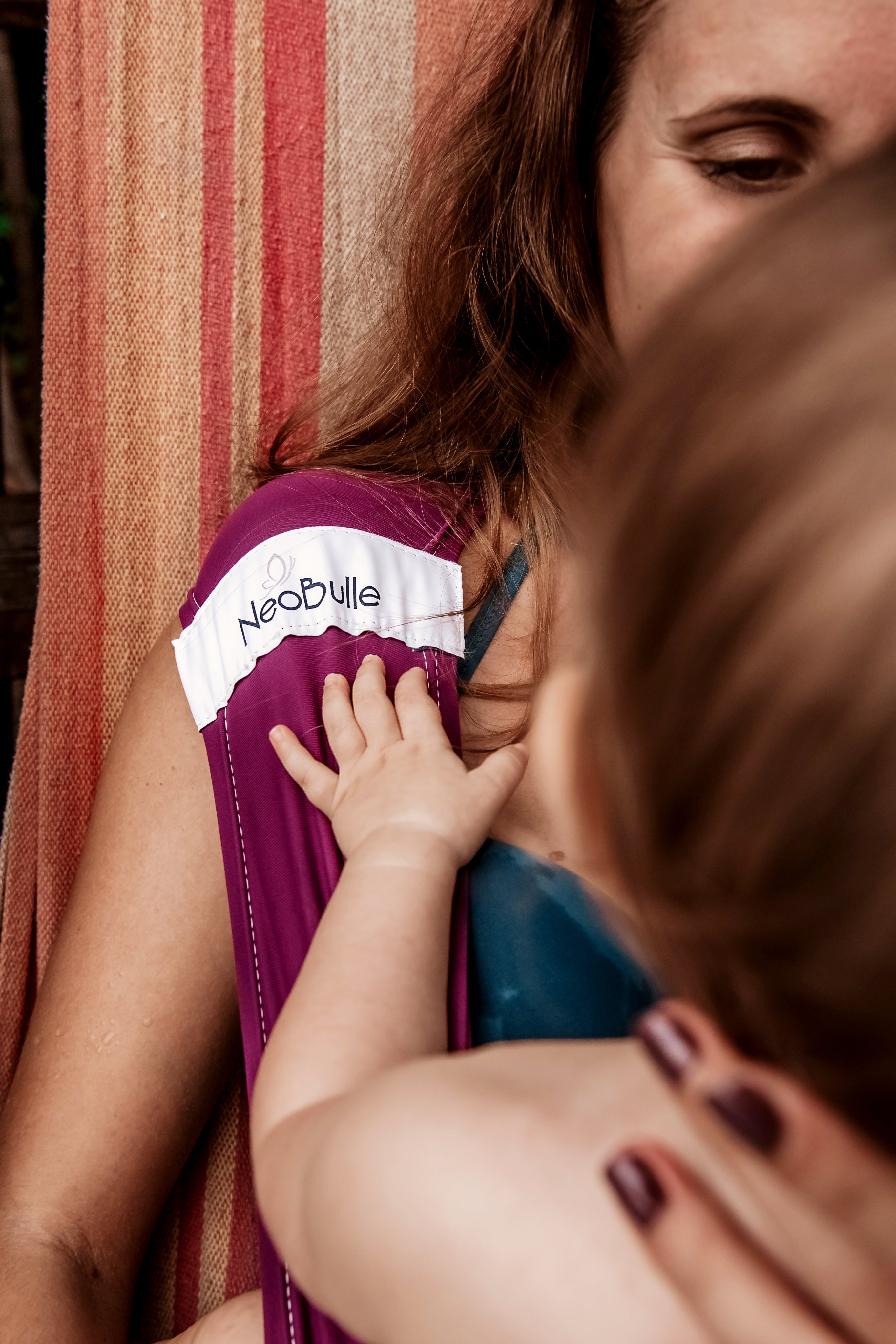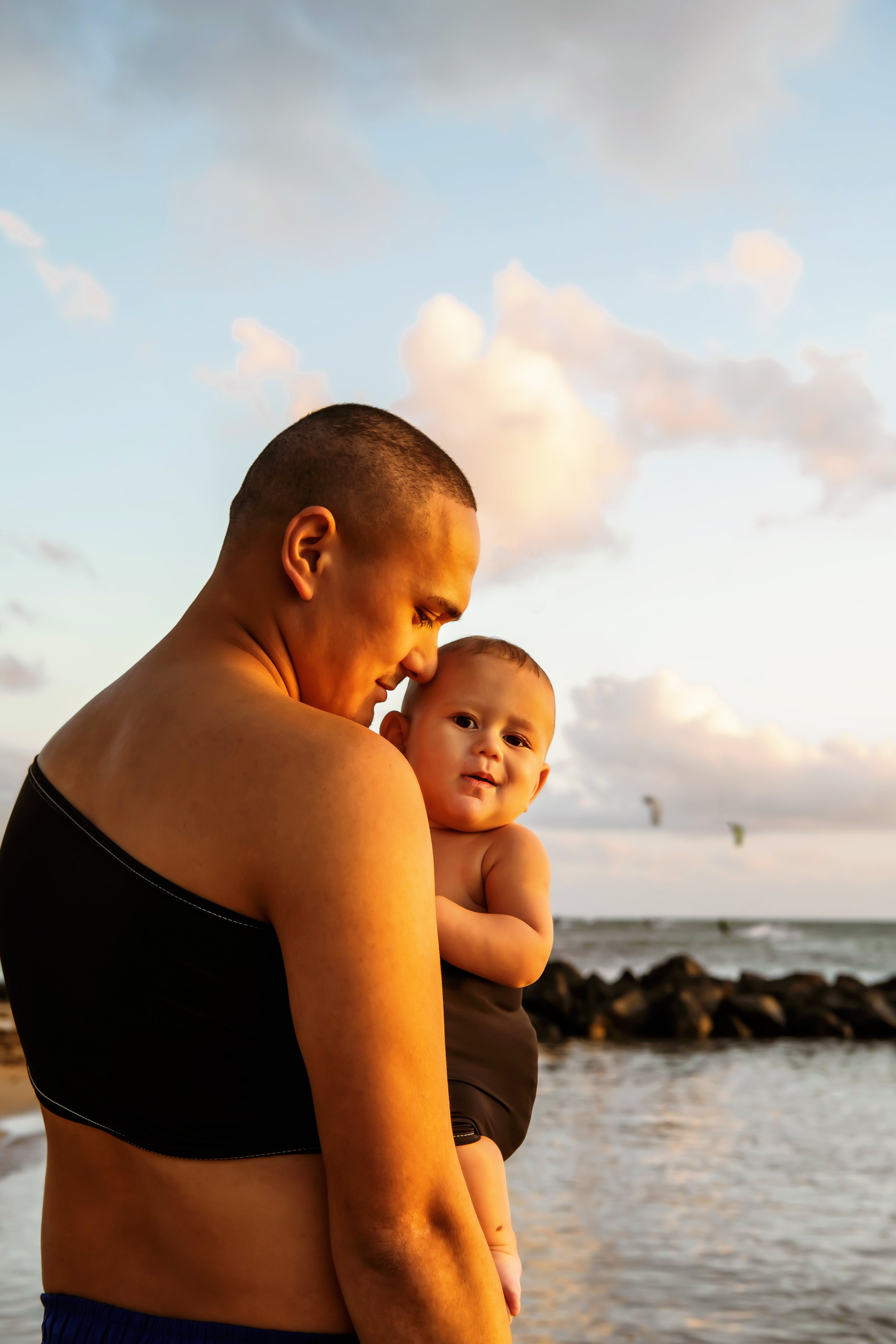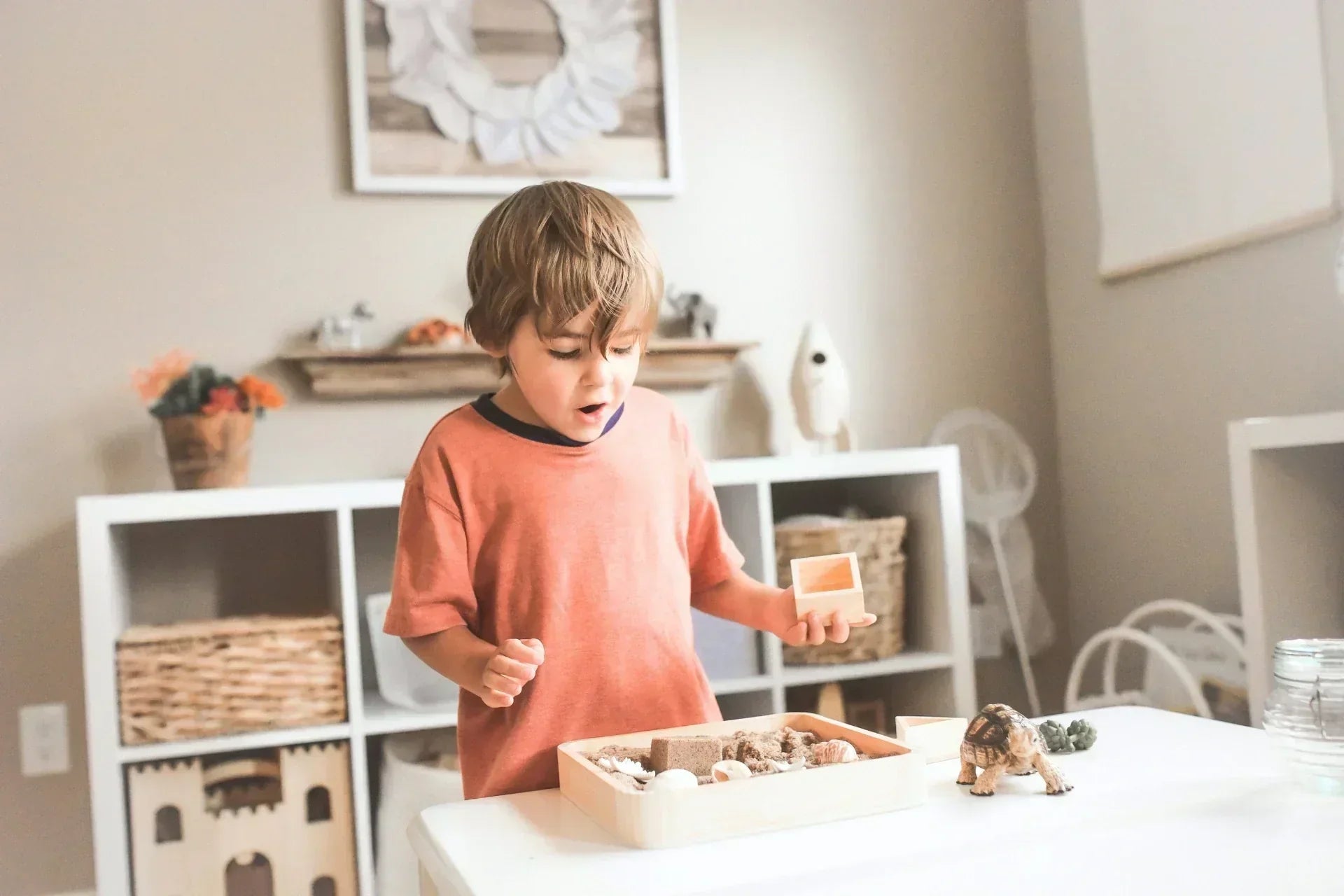Maternity leave is coming to an end and it's almost time for you to return to work. Your baby is breastfeeding and you were thinking of weaning, but did you know that it is entirely possible to balance professional activity and breastfeeding, and that it's not as terrible as it seems? Here are some tips to help you see more clearly and adjust according to your constraints and desires!
1 - Breastfeeding, work, and legislation
It is often quite unknown, but the labor code grants mothers 1 hour per day to breastfeed their baby (or express milk), and this applies throughout the child's first year. In the absence of other specific provisions, this hour is divided into 2 periods of 30 minutes, one in the morning and the other in the afternoon.
Companies with more than 100 women in their workforce can theoretically be required to set up a dedicated room, but let's not be fooled: this is never actually enforced!
Are you planning to discuss with your supervisor how to organize yourself? The rhetoric is important: do not ask if you can have your hour, for fear of being refused (even if it is forbidden). Instead, be clear and informal, and avoid giving a simple opening for a possible refusal:
"I am breastfeeding my baby, I will express my milk mid-morning and in the afternoon as permitted by the labor code, how should we organize?"
2 - To express milk or not?
When thinking about breastfeeding and work, we immediately imagine milk expression. The reality is that between complete weaning and exclusive breastfeeding, there are an infinity of alternative solutions.
- You can express your milk several times to maintain exclusive breastfeeding
- You can express your milk only once a day to relieve yourself and maintain lactation: your baby will then receive formula to supplement their needs
- You can choose not to express at all and only keep the breastfeeding during your presence
The younger your baby, the more it is advised to try to maintain at least 1 expression per day: partly to prevent your lactation from drying up due to insufficient stimulation, and partly to limit discomfort on your side.
The more your baby breastfeeds in your presence, the more likely the breastfeeding will continue. The classic mistake (if your wish is to continue and you do not want breastfeeding to stop) is to switch to mixed feeding before returning to work and give formula even in your presence: with a baby under 6 months, it is likely that lactation is not sufficiently stimulated and that you will quickly run out of milk and end up fully weaning your baby.
More simply: as soon as mom is there, the baby is given the breast. Formula feeding is reserved only for care times.

3 - Prepare reserves in advance
Organization and anticipation are key words for surviving the return to work when you're a parent. This is all the more true when you want to maintain your breastfeeding!
If your wish is for your baby to receive only your milk, we recommend that you prepare reserves to have some ahead for, on one hand, the first days of care, and on the other hand, to compensate for small drops in the baby's intake and unexpected setbacks in pumping. The simplest way is to plan a small pump session every day, ideally at the same time of day (for example, in the evening once the baby is asleep). We call this a "fictitious pump", where you simulate an additional pumping session with the breast pump. Often, you won't collect much since it adds to the usual feeds of the baby; it can be around 30 or 40 mL... Taken in isolation, it's indeed little, but over a month, it amounts to 1 liter of milk in advance, which is not negligible! Bonus: this pumping can be maintained after returning to work and on weekends to supplement the daily collections.
Note that the quantities obtained during this fictitious pump are not at all representative of what you will be able to pump under real conditions: replacing a real pump session, it is much more productive!
4 - Make the milk available
Whether it's breast milk or formula, the way to give it in the absence of the mother is quite important. The bottle is often seen as indispensable: not only is this not the case (you can give your milk in other containers), but it also presents a significant risk of jeopardizing breastfeeding. With a bottle, the baby just has to pinch the nipple and the milk flows out effortlessly: it is not uncommon for the baby to prefer the ease and become frustrated at the breast (or even refuse it), leading mothers to believe they are no longer producing enough milk (in reality, it is mainly that the baby no longer wants to make the effort to get it) or that their child has chosen to wean (before 2 years old, a child is not supposed to wean on their own; it is generally a result of external factors).
If the childcare mode is open to discussion, the ideal is to offer milk in a cup, for example, so the baby will lap it up or be given small sips. Note that in some neonatal units, milk is given this way to preterm infants, which is entirely accessible to full-term healthy children!
If conversation is impossible, we advise choosing bottles with long, flexible nipples (contrary to the ideas promoted by some brands: more "natural" nipples are worse)
), at minimum bandwidth speed (within which the bandwidth does not increase: it should not increase at the same rate either). Whether the baby is breastfed or not, the bottle should be given heated (to promote digestion and metabolic well-being) and horizontal with a semi-sitting child, so that the baby has to exert effort to get the milk and can feel satisfied and space out their feedings.Ideally, we will favor small, regular, and spaced-out feedings, like breastfeeding, rather than large quantities spaced out.
5- To train the baby or not?
While it is reassuring to know that your child will take the milk well in your absence, the many preparatory tests before returning to work are often very stressful and unproductive. Most often, it is recommended to have attempts done by someone other than the mother, and that she be absent for a little while.
Many babies refuse outright all attempts as long as it’s not “for real”, and end up taking without fuss once mom is back at work. Conversely, some children who took very well during trials refuse outright once real care begins.
It is also very common for a baby to choose to wait for their mother’s return to eat. This is objectively no worse than “sleeping through the night”: if it is considered normal for a baby to sleep 12 hours straight without feeding or drinking, waiting 9 or 10 hours during the day is not more problematic! Often, this is temporary, and after a few days or weeks, children end up thinking it’s more fun to eat and finally accept milk during the day. Note that to unblock certain situations and depending on the baby’s age, it may be possible to thicken the milk (with agar-agar, for example) to give it with a small spoon.
There is no real rule other than doing what feels right, as this will be the least stressful for us, and to make sure not to insist too much in the face of refusals to avoid completely turning off your child. If the baby will be fed formula, it can still be relevant to ensure beforehand that they are not allergic.

6 - Preserving expressed milk
Breast milk is alive and can be stored differently and longer than formula. When stored in the coldest part of the fridge, it can be kept up to 5 days. However, it is better to freeze it within 24 hours of expression to be sure not to have to throw it away! If travel times are long and despite the cooler, it is also better to freeze or have the expressed milk given as quickly as possible.
When mixing different expressed milks, it is necessary to first bring them to the same temperature (put the freshly drawn milk in the fridge 1 hour before mixing it with a previous draw).
During the day at work, do not hesitate to check if the break room or the infirmary have a fridge, and if not, consider investing in a portable electric cooler.
Mother's milk can be warmed and offered twice, but thawing counts for one. This means that once thawed, it can only be offered once. You might be tempted to optimize containers (often generous) by filling them to the maximum, but this results in if the baby only takes 10mL from a 200mL pouch later, there will be 190mL that can no longer be consumed!
To optimize stock, you can, for example, use clean ice cube trays and transfer the frozen cubes into standard freezer bags once formed. This allows you to thaw only what is strictly necessary afterward.
Waste reduction tip: if despite everything you have leftover milk that is no longer suitable for consumption, do not hesitate to add it to bath water! Ideal for hydrating and softening the skin.
7 - Choose your breast pump wisely
The choice of breast pump is also an important criterion to optimize breastfeeding continuation. It’s obvious that a machine that hurts you and is too bulky or noisy will quickly discourage you from continuing (and will be ineffective)!
There are many different brands, and especially various flange sizes (the part that fits on the breast). Depending on your breast morphology and sensitivity, you will choose different materials. It may be helpful to schedule a consultation with a lactation consultant to review what is available and see what will best suit your needs and constraints: manual or electric, which flange size, etc...
Note that there are now small breast pumps that can be directly slipped into the bra, super practical and discreet!
8 - Focus on diversification
When your child reaches the age of solid foods (around 6 months), gradually the constraints may ease. A child receiving a larger share of solids in their diet can eat yogurts or cheese in your absence instead of expressed milk, for example.
Between 6 and 12 months, depending on the woman, lactation is generally sufficiently established to start reducing the draws without the production drying up. It becomes quite simple: mom is there, baby nurses, mom is not there, baby takes a bit more solids.
The nutritional balance builds over several days/weeks and not day by day, so it’s not an issue if the baby receives more or less milk/dairy products on different days.
9 - No pressure!
It's easier said than done, we agree! Keep in mind that a mother is not a machine, and that you absolutely have the right to adjust your organization according to the realities of daily life.
You wanted to avoid artificial milk but you are at your wit's end and/or having trouble obtaining the right quantities? It's okay to loosen up a bit, especially if your baby is old enough to be diversified: after all, it's also a form of diversification!
Have you tried to continue but ultimately it weighs on you? You absolutely have the right to change your mind along the way and it's not dramatic. Your baby has had the chance to benefit from your milk for a good while, and every additional breastfeeding session benefits both him and you!

10 - Get support
Since breastfeeding is not at all a cultural practice here, and good practices have been somewhat forgotten, don't hesitate to seek support for your project!
Whether through a support organization in your geographic area or via a certified IBCLC lactation consultant or someone holding a DU in human lactation, nothing beats enlightened and caring help to put aside critical and discouraging comments and fill up with good ideas and tips to organize yourself better.
Support from those around you (especially the father) is also essential!
Don't hesitate to discover our products specially created to help you during breastfeeding
Bonus - the myth hunt!
The little bonus point covers everything related more generally to breastfeeding, which is often exacerbated by the continuation project despite returning to work. As soon as more or less close family members hear about it, it's a race for unsolicited comments and opinions!
Block out your ears to "But you won't make it" and other "You're crazy, it will tire you out" without forgetting the bitter undertones based on "perfect mother while artificial milk is just as good".
Remember that what tires you out is not breastfeeding but more simply having a baby! And whether you breastfeed or not, your baby will always need his parents (including and sometimes especially at night, particularly once the care has started, as he will then take advantage of the nighttime to recharge with "mom/dad"...).
You understand that breastfeeding and work can perfectly coexist, with or without pumping, and according to the modalities that suit you! Every family should find the balance that works for them without unnecessary pressure. Enjoy the happiness of evening reunions as you pick up your little ones!





